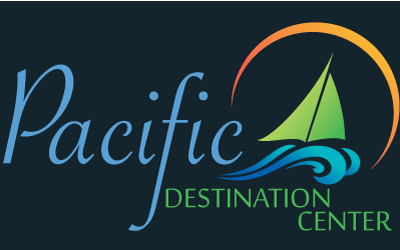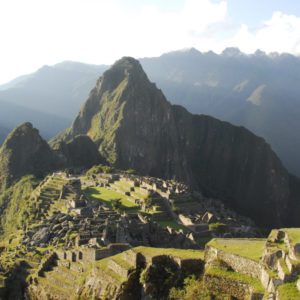Video courtesy of Visit Peru tourism
Peru known as ‘Home of the Incas’ – a destination that has always evoked strong and dramatic imagery – the Incas, the Amazon, the Andes, the mighty condor, and Lima, “the City of the Kings” and former colonial capital of the Spanish New World. Indeed, there are few countries on Earth that can provide such a scintillating blend of history, culture, landscape and wildlife under one flag.
Most itineraries feature Cusco and Machu Picchu, but that is just the beginning of what Peru can offer throughout its three distinct climatic regions. Peru’s desert coast is the drawing board for the mysterious Nazca Lines just to the south of the capital Lima, as well as the nearby Paracas wildlife reserve, host to flamingos, sea lions and even penguins. Moving east, the landscape rises dramatically into the Andes with spectacular snow-capped peaks reaching heights of over 6,500 metres (21,300 feet) and valleys sheltering the Andean cities of Cusco, Ayacucho and Arequipa, amongst others. To the east of Arequipa, the cavernous Colca Canyon plunges to depths of over 3,400 metres (11,333 feet), twice as deep as the Grand Canyon, whilst Lake Titicaca, the supposed birth point of the first Incas, straddles Peru’s southern border with Bolivia at a breathtaking 3,810 metres (12,500 feet). Continuing eastwards, the Andes eventually give way to the Amazon rainforest, one of the world’s most bio-diverse regions where wildlife including 30 species of monkey, pink dolphins, giant otters, tortoises and the occasional jaguar are all on the list of possible sightings.
From desert to jungle, the Incas to the Spanish Conquerors, Peru is a destination where something can be found to fascinate both the experienced adventurer and the novice traveler.
Coast (Ica, Chiclayo, Lima, Piura, Trujillo, Tumbes):
The northern region is warm year round with highs of up to 35ºC (95ºF) in the summer.
Central and southern regions have two well defined seasons, winter between April and October, and summer between November and March.
Highlands (Ancash, Arequipa, Ayacucho, Cajamarca, Cusco, Puno):
This region has two seasons, a dry summer between April and October, and a wetter winter with a mix of sunshine and showers between November and March.
Rainforest (Iquitos, Madre de Dios, Manu):
High rainforest (over 2,300 ft asl / 700 m asl) has a temperate, subtropical climate with abundant rainfall. Lower rainforest (under 2,300 ft asl / 700 m asl) has two seasons, summer or dry season between April and October, when it is sunny and hot, and winter or rainy season between November and March, with frequent downpours.
Showing the single result
Need Assistance?
800-227-5317 | sales@pacific-destinations.com
Tell us where and when you want to go and we’ll give your request our immediate attention! No high pressure sales, just straight talk and sound advice!

